How much do new window shades cost?
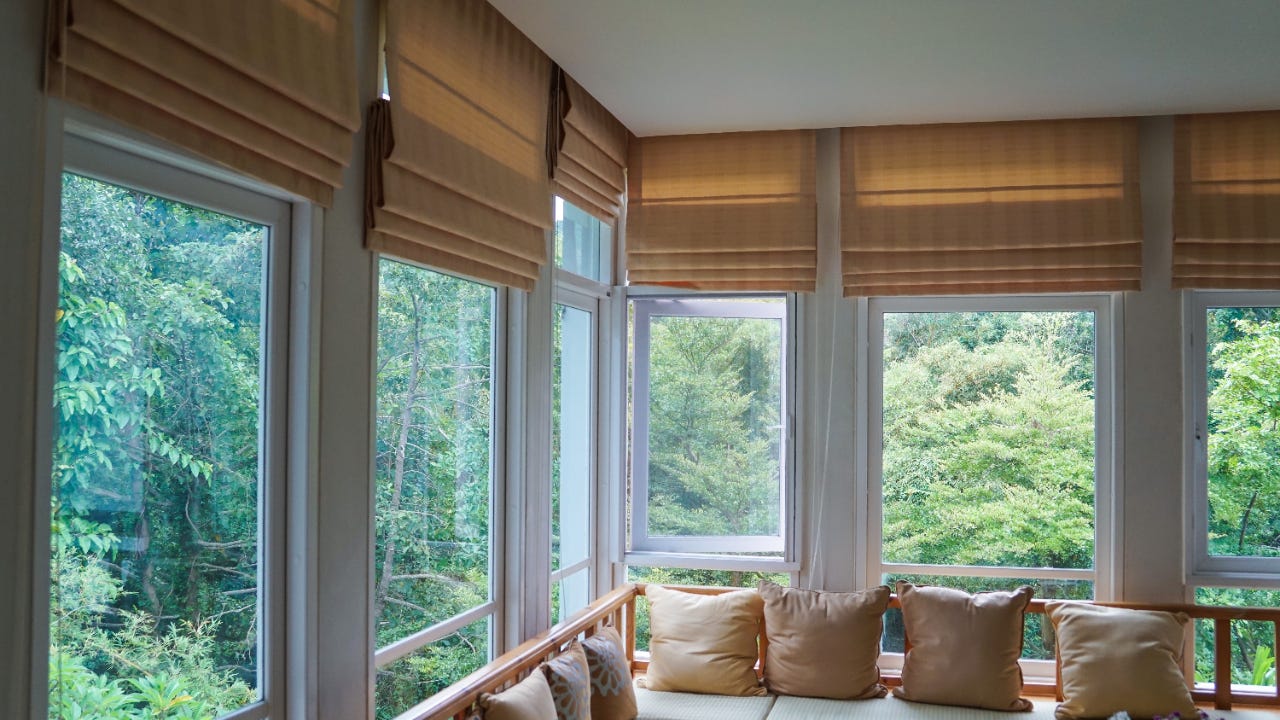
The Bankrate promise
At Bankrate we strive to help you make smarter financial decisions. While we adhere to strict , this post may contain references to products from our partners. Here's an explanation for .
Replacing window shades may not be the most major of home remodels. Yet these adjustable soft-fabric coverings offer a ton of benefits: They provide privacy, protect against heat and cold and change the entire look of a room. And when it comes time to get new ones, there’s a lot to know about options and prices nowadays.
According to Home Advisor, the cost of new window shades can range between $200 to $4,800 (including installation) and homeowners pay an average of $1,600 to install shades in their entire home. A variety of factors affect the cost. Some are related to the size and number of windows being covered. Others have to do with the shades themselves: From manual to motorized to smart, there are many different types and technologies.
Before you purchase window shades, this is what you need to know.
Key takeaways
- There are many types of window shades available on the market, including manual, motorized, smart and solar shades.
- Installing new window shades can range anywhere from $200 (for standard roller shades) to $4,800 (for custom, app-enabled ones). The average cost nationwide is $1,600.
- The cost of window shades can vary significantly, depending on the style, the degree of automation, and whether they're standard-size or customized.
- Depending on the type of window shade you purchase, you can install them yourself. Otherwise, you will need to pay for a professional installation.
What influences the cost of installing window shades?
The cost of window shades can vary significantly. Obviously, the more shades you have to install, the bigger the bill.
But the costs don’t increase exponentially. Depending on the dealer, discounts may be offered for multiple windows or rooms. For example, shades for one bedroom range from $300 to $350, while four bedrooms average $800 to $1,000, signifying common discounts for multiple rooms.
If you choose motorized shades, you will need a remote to control them if your dealer doesn’t include remotes. Motorized shade remotes vary in price and may sell for up to $100 or even more, depending on the type of remote. You’ll also probably want a warranty in case they break down.
Several other factors can impact the price of your shade project.
Installation
Shades don’t install themselves. If you choose a professional to do it, you will have the additional cost of labor, says Isaiah Henry, the CEO of Seabreeze, a property management company that manages over 100,000 commercial and residential properties. “Usually someone comes out to measure before making your shades, which contributes to the high cost as well,” he says.
Installation costs tend to be higher for more complicated models, such as motorized shades: With more moving parts, it takes longer to correctly assemble.
| Type of shades | Cost |
|---|---|
| Source: HomeAdvisor | |
| Roman | $380-$1,360 |
| Roller | $200-$1,925 |
| Solar | $340-$2,000 |
| Cellular | $340-$2,400 |
| Motorized | $340-$4,800 |
Material
When you say “window shades,” most people think of something made of fabric, either woven or knitted. These fabrics can be made from a variety of materials, ranging from naturals like cotton, silk and grass to synthetics like nylon, polyethylene, mesh and fiberglass. Some woods, like bamboo, can be used as well.
Harder woods and even metals are often used for exterior shades.
Size and types
The cost of window shades can vary significantly, depending on the type of shades you choose. For example, manual shades are significantly cheaper than motorized or smart shades that leverage newer technology.
| Type of shade | Price per window |
|---|---|
| Source: Home Advisor | |
| Roman | $30-$120 |
| Roller | $8-$190 |
| Solar | $25-$200 |
| Cellular | $25-$250 |
| Motorized | $25-$600 |
Standard or customized?
The size and shape of windows in your home matter. Ranging from 24” x 36” to 60 x 72”, most windows come in standard dimensions, and so do shades to fit them. You can opt for certain details, like color or fabric or style, but the size is set.
But if your windows are an unusual size or shape, they might require custom-fitted treatments. Or, you may opt for custom if you have particular, very specific tastes.
“The differences between standard and custom-made window shades include length, lining and width. Standard shades are mass-produced and can sometimes vary up to one inch,” Henry explains. “Custom-made shades, on the other hand, are made exactly to your specifications.”
Custom shades tend to cost much more because a representative usually needs to come out and measure your windows to get the precise dimensions. And then, of course, the customized shades have to be made to order. “Standard shades usually run up to $200 per window, whereas custom shades could cost you up to $1,500 per window,” Henry says.
What are the types of window shades?
Window shades date back to the late 18th century. Traditional shades, operated by hand, come in several styles. Motorized, smart and solar shades may be more limited in format, but the options are increasing every day.
Manual shades
Manual shades use an external cord or a built-in lift to operate. The four basic styles include:

- Roller: This is what most folks think of when they think of shades. Roller shades are a single piece of fabric or soft material that rolls up into a single tube when raised all the way.
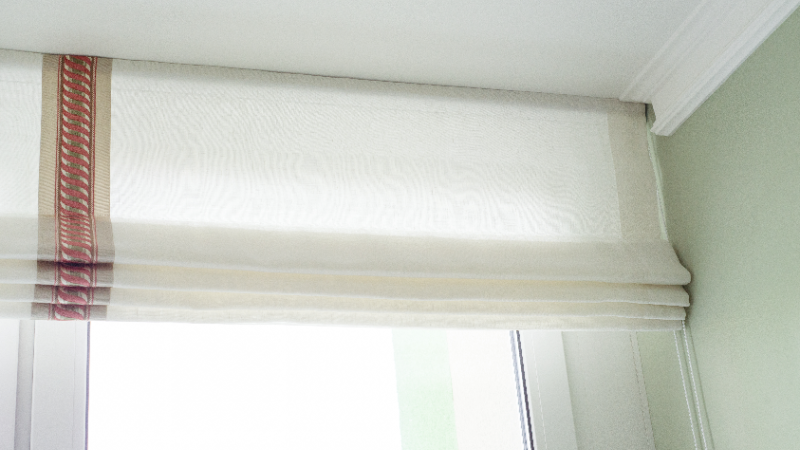
- Roman: Roman shades mimic the look of drapery, rising up into soft folds that stack at the top.
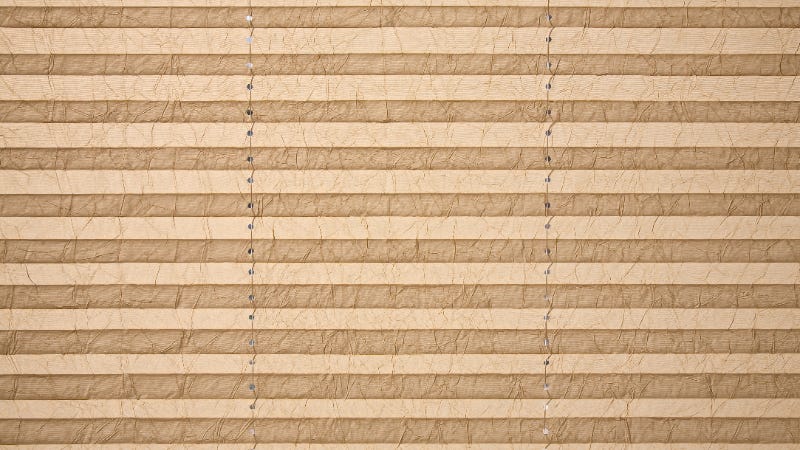
- Pleated: Pleated shades are also made from a single layer of fabric divided into sharp folds that create an accordion-like look when they move. Often, the cords that lift the shade are exposed.
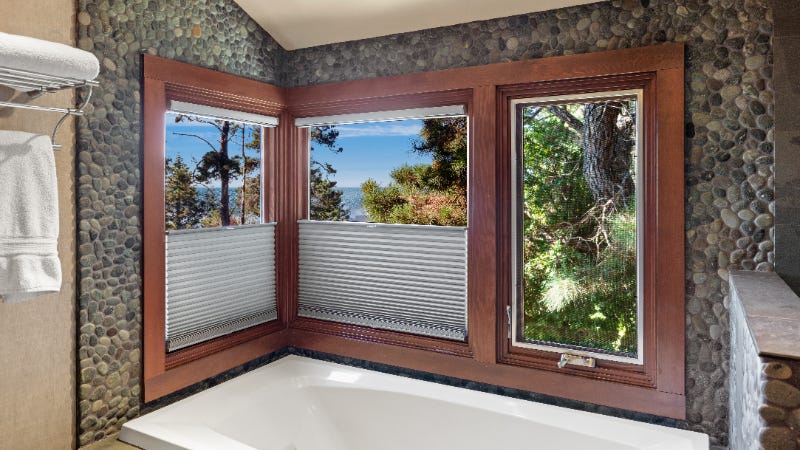
- Cellular/Honeycomb: A relatively new type, dating from the 1980s, cellular shades resemble pleated shades. But they are actually made from multiple layers of insulated material, with an open-air pocket between them; from the side, they look like a row of hexagonal cells or a honeycomb (hence the name). Cellular shades offer not only shade but also UV-ray blocking while adding insulation to your home.
Cords used to be the only way to raise and lower shades. Nowadays, though, cordless and smart shades are all the rage — and, in fact, cordless is the law in many states (in standard new builds). The shades have a built-in, sometimes magnetized, touch feature on the bottom and top that lets you push them up or pull them down.
Motorized shades
Look, Ma, no hands! Battery, electric or even solar-powered motorized shades operate via a motor and use a remote control to raise and lower them.
Smart shades
The next generation in automation, smart shades also operate via motors, but they are digitally controlled, integrating with smart home systems like Alexa. Using your smartphone or tablet, you can conveniently open and close on command, set your favorite positions and schedule timers.
Solar shades
Solar shades are made of a coated material that blocks out light. Solar shades also reduce glare, protect against harmful UV rays and prevent fading from the sun on carpets, furniture and household surfaces. By retaining warmth during winter and blocking heat in summer, they can help keep energy costs down.
Shades vs blinds
Both shades and blinds are types of window treatments, and sometimes the terms are used interchangeably to mean a treatment that fits inside the window (as opposed to outside, like drapes). Both window shades and blinds raise and lower, providing decoration and privacy and helping regulate a room’s temperature.
In general though, blinds have individual, horizontal slats that tilt up or down, whereas shades are made from solid material that just rolls up. Also, blinds are usually considered “hard window treatments,” since they’re made of durable materials like wood or metal, and shades are usually considered “soft window treatments,” being made of fabric (though they can be made of harder synthetics now too).
How much do blinds cost? Well, depending on what you buy, blinds may be a little cheaper than shades. According to data from Home Advisor, blinds cost on average $700 to purchase and install, vs $1,600 for shades. Overall, blinds may cost around $210 and more expensive ones could cost upwards of $1,250. Mini-slatted blinds are usually the cheapest and could cost as little as six dollars.
Window shades usually cost more to buy and install. They could range from an $8 roller shade in an inexpensive material to an extremely high-end custom shade running over $2,600. However, shades come in more options of color and design than blinds do.
When to replace your shades
Window treatment experts recommend replacing your shades in approximately six to eight years, but you may extend that timeline with proper care and maintenance. A few signs you might need to replace your shades include fades, discolorations or tears in the material, not rolling up and down properly or not filtering the light. Or, if they’re mechanized, not responding to the remote or your smartphone.
If you plan on redecorating a room or your entire home, window treatments are often a staple in home design plans. If you’re not, changing just the shades can often transform a room’s look.
Bottom line
New window shades for a house or apartment can cost a pretty penny. Factors like the window size, the number of windows and the shade style can all affect how much you pay. There is the cost of installation if you choose to work with a professional contractor or store. And then there’s the big decision of whether ready-made models will work or if you want to spring for shades customized to your specifications and your windows (especially if you have a historic home).
“Anything custom is going to be more expensive, but it usually results in fewer errors or replacements, which is something to consider when building or upgrading your home,” Henry notes.
Related Articles
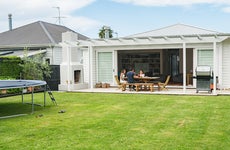

What are the different types of window treatments? A beginner’s guide

